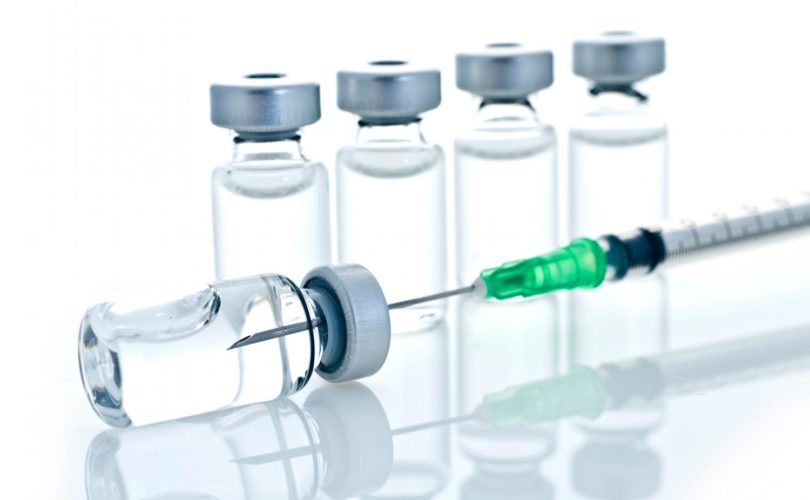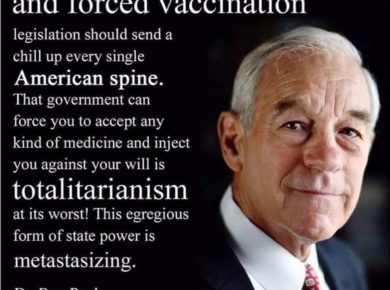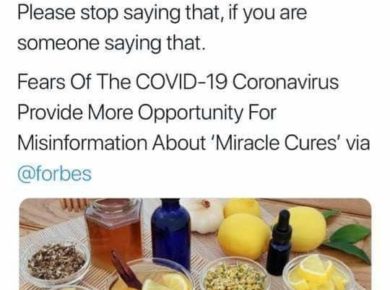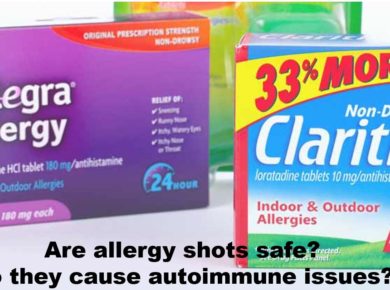The Corvelva Association, was founded in 1993 and has as its principle the free choice of vaccinations, studied the chemical composition profile of Infanrix Hexa
Infanrix Hexa is a vaccine used to protect babies and toddlers against diphtheria, tetanus, pertussis (whooping cough), hepatitis B, poliomyelitis (polio) and diseases such as bacterial meningitis caused by the bacterium Haemophilus influenzae type b (Hib).
Based on the CDC, Infanrix Hexa contains the following active substances:
toxoids (chemically weakened toxins) from diphtheria and tetanus;
parts of Bordetella pertussis (B. pertussis, a bacterium that causes whooping cough);
parts of the hepatitis B virus;
inactivated polioviruses;
polysaccharides (sugars) from Haemophilus influenzae type b.
Infanrix Hexa is available as a powder and suspension that are made up into a suspension for injection. The vaccination schedule for Infanrix Hexa is a course of 2 or 3 doses, given at least 1 month apart, according to official recommendations, usually in the first 6 months of life. Infanrix Hexa is given by deep injection into a muscle. Subsequent injections should be given in different areas.
A booster dose of Infanrix Hexa or a similar vaccine must be given at least 6 months after the last dose of the initial course.
Corvelva found in this vaccine:
- chemical contamination from the manufacturing process or cross-contamination with other manufacturing lines;
- chemical toxins;
- bacterial peptide toxins;
- insoluble and indigestible macromolecule that reacts to the protein assay, but can not be recognized by any protein databases.
They have not found:
Protein antigens of diphtheria toxoids, tetanus, pertussis, hepatitis B, Haemophylus influenzae B, Poliomyelitis 1-2-3, formaldehyde and glutaraldehyde, phenoxyethanol, antibiotic residues.
The vaccine contains 6 antigens:
Tetanus, diphtheria and pertussis toxoids, D antigens of Poliomyelitis 1-2-3, hepatitis B proteins obtained from genetic engineering and Haemophylus polysaccharides chemically linked to tetanus toxoid as a carrier.
Toxoids are created by treatments with formaldehyde and glutaraldehyde that remove their toxicity while keeping their ability to stimulate the production of antibodies against those toxins.
They state:
“We have found instead a real polymer, insoluble and indigestible, that we supposed to be the set of antigens chemically bound together (has to be defined if this is present as an aggregate of the individual antigens or a single macromolecule), on which we can find in literature partial information regarding the single antigens. This macromolecule could not be recognized in any way by the protein databases, and in fact it turned out to be a solid compound of an unknown chemical structure.”
Did you get what they said? They found a molecule that they could not identify, they did not know what it was? This is very concerning!
Then, they said:
“We are not facing antigens similar to the original ones but in the form of a compound with unknown and unpredictable toxicity and efficacy.”
Again, they found something that has never been studied and they don’t know if it is toxic or not!
They continue:
“We have found 65 signs of chemical contaminants of which only 35% is known, among these various processing residues and cross-contamination from other lines manufacturing”.
“7 chemical toxins among these signals have also been identified, probably deriving from chemical contaminants of the manufacturing process or other manufacturing lines at the vaccine manufacturing site; These toxins have a structure that could probably be partially derived from the formaldehyde, glutaraldehyde, and cyanogen bromide reaction with other chemical contaminants in the vaccine. We’d like to point out that the toxicity of many of these toxins have been confirmed and published in PubChem or TOXNET and this poses important safety problems, issues, and concerns.
They found:
Amino acids, neomycin (an antibiotics), Tungsten carbide, Tetracenomycin F2, 1′-hydroxyversicolorone, Monocarboxylic hydroxy acid, Antrafuran, lactose, Sodium methallylsulfonate, Salicin 6-phosphate, Pachyrrhizone, Arnottin II, tetracenomycin F1, Monocarboxylic hydroxy acid, Octadecanamide, L-Leucine, Lichenin, Glucan, Justicidin B, lignan, Dihydrochelirubine, 6-oxocheleritrhine, 7,8-Didemethyl-8-hydroxy-5, deazariboflavin, Dihydrobenzophenantridinico Alkaloid, Riboflavin,,Deamino-alpha-keto-
Demethylphosphinothricin, Cassythine, (6-alpha-D-glucosaminyl)-1D-myoinositol, Carbenicillin sodium, bis-D-fructose 2′, 1:2, 1′-dianhydride, D-Fructofuranose 1,2′:2,3′-dianhydride, Prazepam, 2,3-Dehydro-UWM6, Levofuraltadone, Mycocyclosin, Dianhydride sugar, Atovaquone, Amoxicillin, Cephalexin monohydrate, Cefroxadine, 7-deoxyloganate, 8-epideoxyloganic acid, LY395153, AL-294, 4-Chloro-orto-phenylenediamine, Member of the monochlorobenzene, 2-N, 6-N-Bis(2,3-dihydroxy
benzoyl)-L-Lysine amide, 2-Iodo-6-methoxyphenol, Tungstate, and 2-amino-5-chloromuconate-6.
As you can see, there is a lot of compounds in this vaccine that are highly questionable like the presence of several antibiotics.
Another example is the presence atavaqunoe which is a mediation they use to treat malaria among other infections.
From the protein and peptide fraction study, various peptides free of bacterial origin were found probably coming from the bacterial culture cells used for the antigen extraction.
They found protein from bacteria and fungi:
Calocera cornea, Dictyostelium lacteum, Rhodopseudomonas palustris, Laetiporus sulphureus, Alkaliphilus oremlandii, Kazachstania Africana, Pseudoxanthomonas Mexicana, Endozoicomonas elysicola, Phycomyces blakesleeanus NRRL 1555(-), Streptomyces clavuligerus, Streptomyces clavuligerus, Firrmicutes bacterium,
Pyrus bretschneideri, Coprinopsis cinerea okayama, Fibulorhizoctonia sp., Blastocystis hominis, and Termitomyce ssp. J132
A survey of the literature demonstrates that those bacterial peptides are potential allergens and also as capable of inducing autoimmune reactions as we can see:
Int J Med Microbiol. 2018 Aug; 308 (6): 738-750. – The quest for bacterial allergens.
Front Microbiol. 2017 Oct 9; 8: 1938 – Morbid Sequences Suggest Molecular Mimicry between Microbial Peptides and Self-Antigens: A Possibility of Inciting Autoimmunity.
This is very concerning.
We use a vaccine that we do not even know what it contains and what are the potential side effects.
As we just saw, this vaccine contains lots of contaminants that should raise concerns among the scientific community.
Having the experience of working in a lab where we would “purify” different biological fluids, we all knew that it was IMPOSSIBLE to eliminate all contaminants. This is just a fact. The technology that we have today does not allow us to get rid of all possible molecules, compounds, pathogens that may end up in the final product, the vaccine.
It is ludicrous to believe that vaccines we make today are pure and clean of all contaminants.
As this group just showed us, vaccines contain lots of toxic compounds that should not be in them.
God bless y’all 😊
Dr. Serge
#thenutritionscientist






